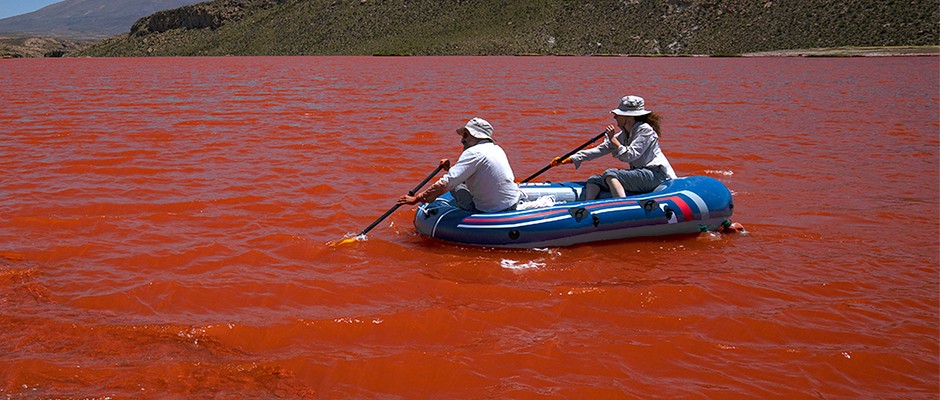
In pictures: Welcome to the most diverse waters on planet Earth
Join the scientific mission to see what secrets of early life can be uncovered in the salt lakes of Chile's Atacama Desert.
One of the driest places on the planet is not where you would expect to find some of the most dangerous waters on Earth. But high in the Andes mountains of Chile, the Salar de Atacama salt flats are home to some of the hardiest of bacteria, surviving in highly toxic lakes full of salt, lithium and arsenic.
Now scientists from the French National Centre for Scientific Research (CNRS) and the Chilean University of Antofagasta are taking part in the study of microorganisms, with the aim of learning more about how life survives in such conditions, and how those secrets may also help us to fight plastic pollution.
The team, led by microbiologists Purificación López-Garcìa and David Moriera of CNRS, has been examining 15 of the salt lakes, taking samples from the salty waters of the lagoons and the burning waters of the geysers. The team will then produce an inventory of the microbial life contained in salt crystals, hot basins, geysers and blood-red lakes.
However, the study also highlighted the damage being done to the salt flats due to the mining of lithium - an essential element in the production of rechargeable batteries.
"A lot of water is needed for lithium extraction so that many of these unique ecosystems are disappearing," Professor López-Garcìa told BBC Science Focus. "The water is gone, with it the microbial ecosystems that we study and, beyond them, the rare but idiosyncratic fauna and flora in the altiplano."
Scientists are hopeful that in the future, the power to degrade plastics by extremophile bacteria found in places such as these will help develop new and safe ways to tackle plastic pollution.
Laguna Roja

High in the Andes
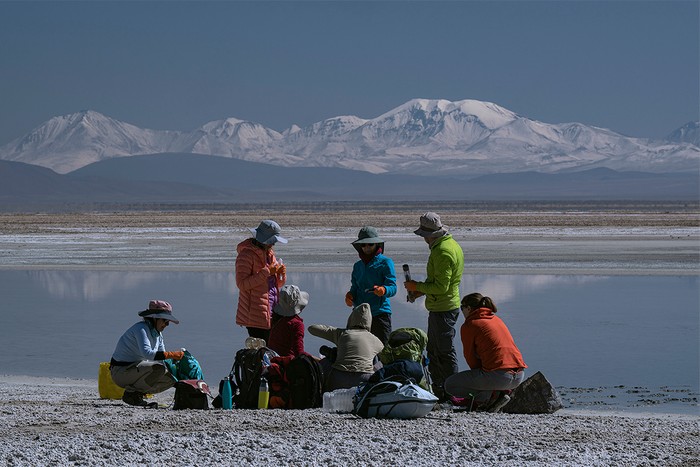
Laguna Pujsa

Laguna Brava
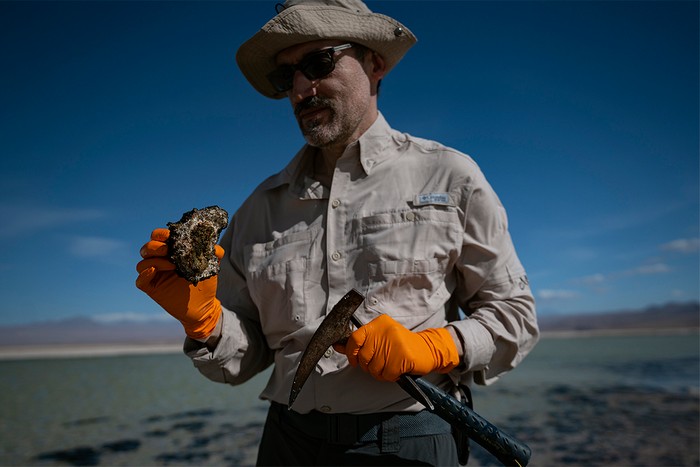
Laguna Tara
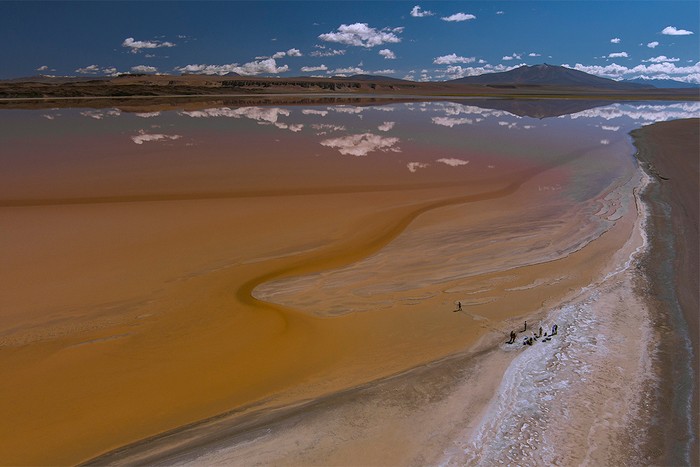
Boating on Laguna Roja

Salar de Llamara
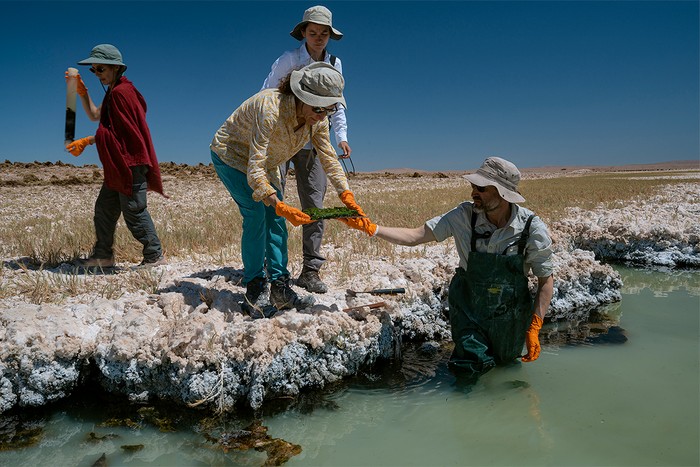
More images from Science Focus:
- Close-up Photographer of the Year winners 2023
- Radio telescope snaps stunning supernova remnants hidden throughout the Milky Way
- The hidden net-zero community that could be the blueprint for sustainable living
- Turned out nice again: Amazing weather photography celebrated
- Building a new Sun: The world's largest science experiment in pictures
Collecting samples
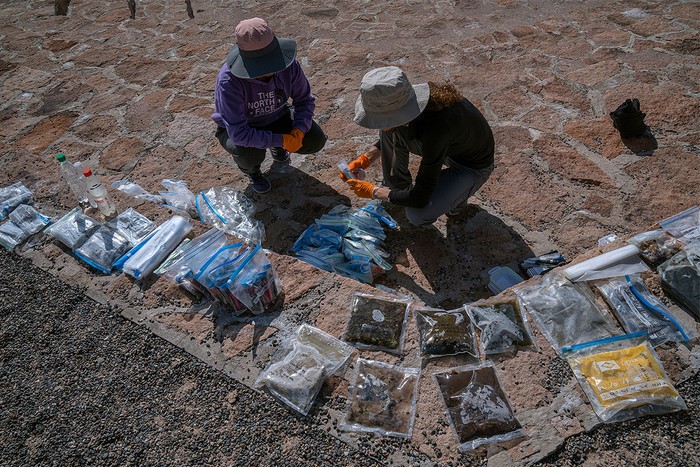
Taking the samples back to the lab
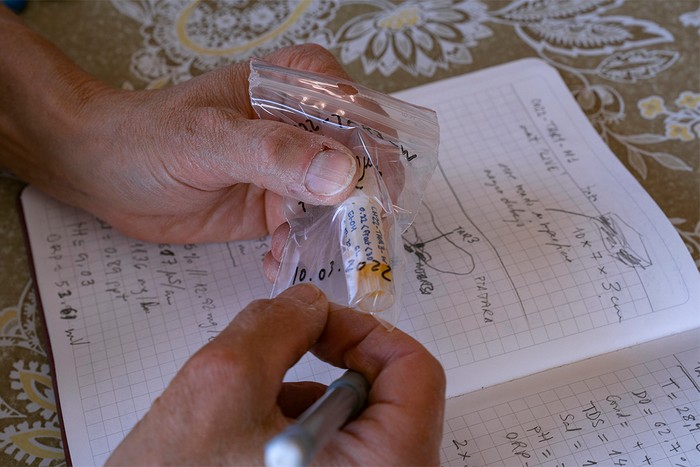
Beautiful but inhospitable
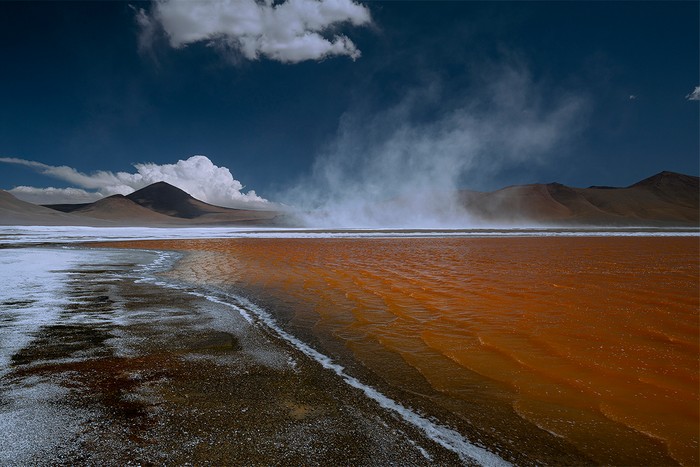
About our expert
Purificación López-García is research director of the French National Centre for Scientific Research. Her work focuses on microbial lineages and the early evolution of life on Earth.
Read more:
Authors

James Cutmore is the picture editor of BBC Science Focus Magazine, researching striking images for the magazine and on the website. He is also has a passion for taking his own photographs
Sponsored Deals

May Half Price Sale
- Save up to 52% when you subscribe to BBC Science Focus Magazine.
- Risk - free offer! Cancel at any time when you subscribe via Direct Debit.
- FREE UK delivery.
- Stay up to date with the latest developments in the worlds of science and technology.





